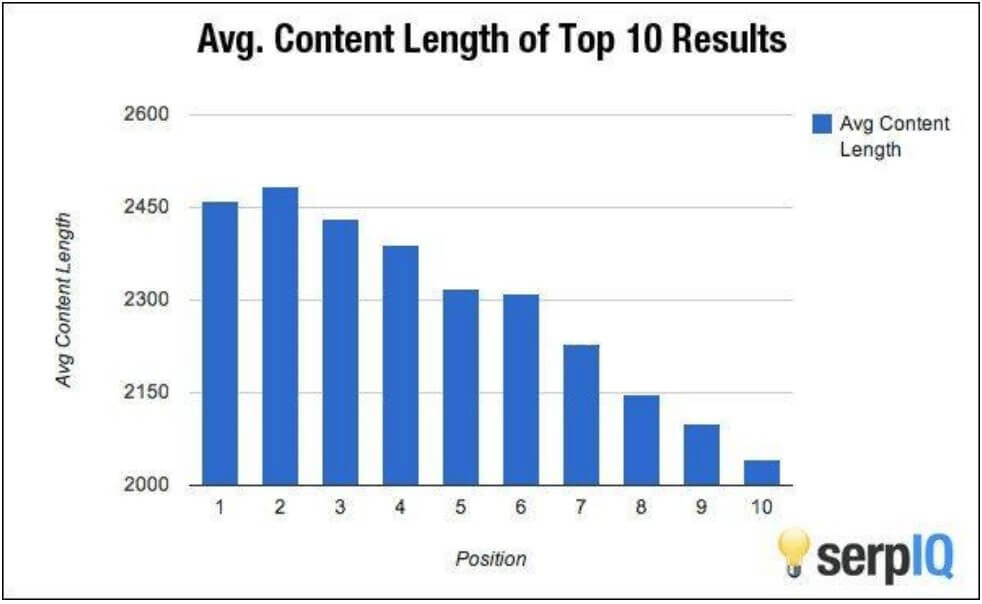While most of those involved in digital marketing are aware of the importance of SEO for having a successful online business, they may not know how exactly it should be incorporated into the marketing plan. The lack of this knowledge often results in failure;potential customers tend to leave behind some businesses that don’t adjust to the rapidly changing digital landscape.
SEO is Google’s gift to businesses.Google is also not that generous as to give you a second chance every time you fail. Embracing SEO is one of the best chances to dramatically improve your online presence, and ultimately, your bottom line.
Here’s how to incorporate SEO into your marketing plan and create a consistent revenue stream.
- Plan for SEO
You might be wondering where SEO fits in within the broader structure of your digital marketing plan. The answer is: everywhere. Your website, PPC campaigns, social media advertising, and content depend on Google to bring in prospects. Therefore, you should concentrate on a synchronized message across all media you’re using.
Before you incorporate SEO into your marketing strategy, you also have to recognize its shortcomings. Some of the questions to ask here are the following:
- At what stages of the digital marketing funnel am I losing prospects?
- Do my sales reduce seasonally?
- What are SEO strategies used by my main competitors?
- Change Your Content Strategy to Benefit SEO
If you feel that your content might be better, you should definitely check out SEO content writing guidelines. Knowing what content is interesting to the online audience is clearly important for your marketing strategy, and SEO can boost the effectiveness of your content.
Here are the steps digital marketers typically take to ensure that their content is compatible with the latest SEO guidelines:
- Don’t write for Google, write for people. If the text is stuffed with keywords, it will be perceived by most readers as unprofessional and downright weird. As the result, they will leave to find truly engaging content that was written with their needs in mind. As Google’s SEO writing guidelines say, “give visitors the information they’re looking for.”
- Update your content on a regular basis. It’s in your best interests to produce new content at least once a week.Google likes it when websites provide new, optimized content with fresh tips and updated information for the online audience.
- Pay attention to the length of your content. Until recently, 400-word articles were fine for Google. Not anymore. According to the data provided by SerpIQ, the ideal (but not universal) length of great online content from an SEO perspective is above 1,500 words. The graph below shows the data.

- Strategically choose article topics. Your target audience may be completely indifferent to a topic that sounds good to you. Research the needs of your target audience and identify topic that they will find useful. Tools like Nimble can be used to gain business insights on people and companies from social media. Find a particular hole or niche that you can add value to and fill with your unique expertise.
- Use email marketing. This is a strategy that combines both content marketing and SEO by promoting content rich in links. To ensure you’re getting insight in regards to the effectiveness of your effort, you can use specialized tools like Vision6.
- Place External Links into Your Content
Although this may sound a bit strange (why would anybody want to bring attention to other people’s websites?) inserting links to authority websites in your content is a legitimate SEO strategy that boosts your ranking.
Here are important things to pay attention to:
- Only place links to quality, meaningful content that could be interesting to your target audience
- Don’t promote your competitors by inserting a link to an article with a similar or identical title.
- External links should be provided with well-researched keywords.
“For example, if your company sells mountain bicycles in Florida, you can link an article about the best urban bicycles rated by Californians,” says Nick Feldman, a digital marketer from College Paper, “link this article using the keywords you used to locate it, and you’ll improve your own SEO.”
- Tweak Your Social Media Strategy
Social media is viewed by digital marketers as a hidden SEO treasure trove, and for good reason. There are many similarities between these strategies. For example, both of them depend on great content to maintain popularity.
Knowing how social media influences SEO can help to boost it:
- Increase the number of followers. If someone is looking for a specific topic and one Facebook account has 50 followers, while another has 50,000, the latter is more likely to be visited. Therefore,, the account with less followers needs to grow its follower base to be perceived as a more reliable source of information.
- Include external links. For example, tagging people, and using hashtags are all popular ways to increase readership used by social media users.
- Focus on locality. Google tends to recommend local businesses (in fact, it has developed guidelines on improving local ranking) whenever possible. Social media is a great place to get active in your local community by updating your location, following other small businesses in the area, and providing information on local events.
The Bottom Line
Rome wasn’t built in a day, and neither was a great marketing plan. Do your homework, focus on SEO, monitor the progress, and work across all media channels to maximize your success.


